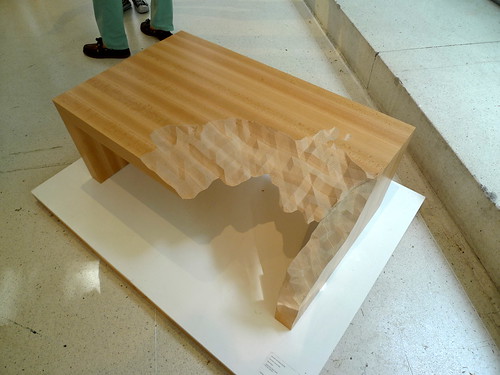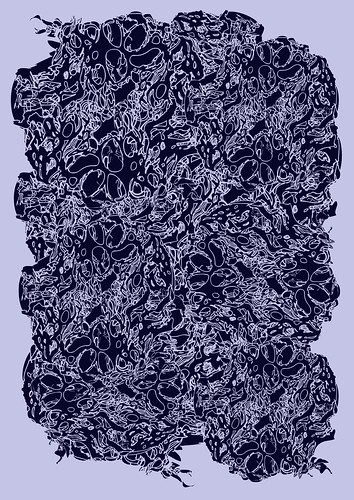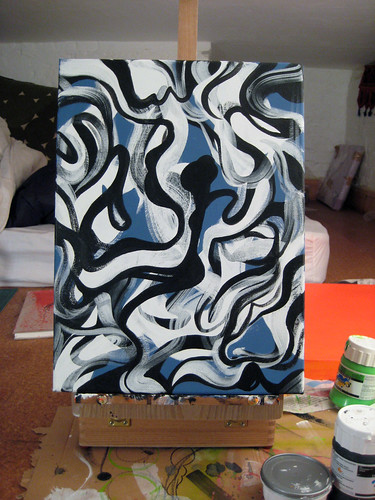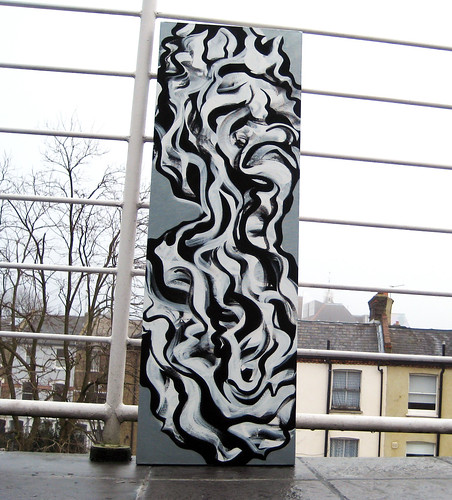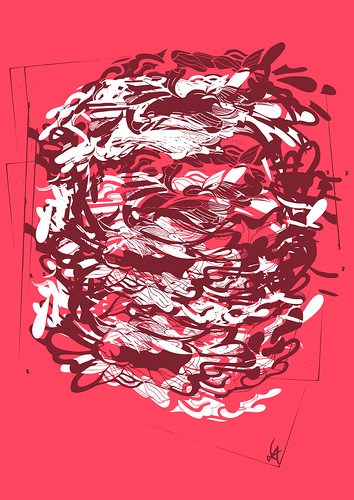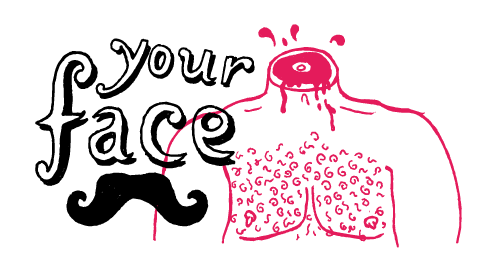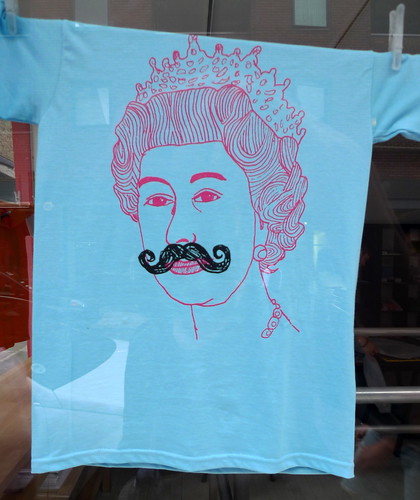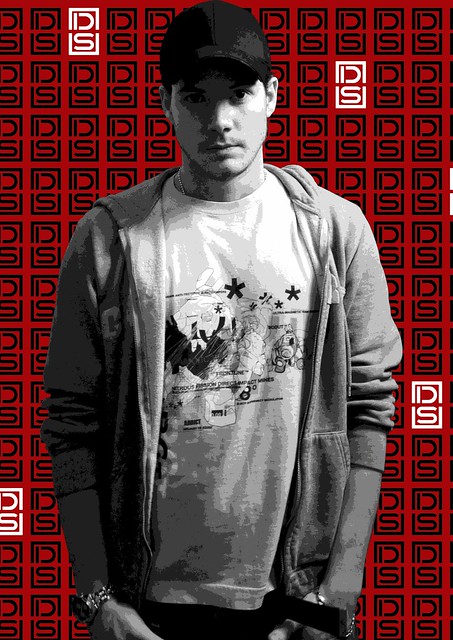
London-based DS has been showing his works around the UK as well as the continent via Affordable Art Fair & Art Helsinki. You can see his works in the upcoming London Fashion & Art Event in ICA (21.09). He talks to us about what inspries him, how commercialism and individual originality could co-exist/complement each other in graffiti art, and his future plans -
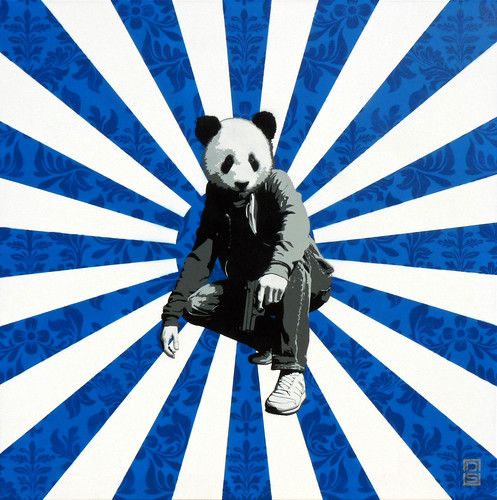
1. You say in your website you were fascinated by miniature design, Japanese animation & propaganda posters. What qualities in each of them do you fall in love with?
A: Propaganda posters and Japanese animation have a massive influence on my art. Stories and tension conveyed in a single image, the exploration of themes of violence and fragility, the use of epic characters are all aspects that I try and incorporate to my art. As for the miniature design, this is the reason for why I chose do stencil art. The wild art of the can is tamed, controlled & brought to solid form by a surgically hand-carved template creating levels of detail that would rival an airbrush.

Scuba - Amsterdam
2. Now that Banksy has gone truly global and has even hold a solo show in a council-owned venue, do you agree that stencil art has become "over main stream" and hijacked by commercialism or is there any emerging approach to reclaim the territory / agenda from the others back to the hands of the artists?
A: Acording to a graffiti purists, the day you step out of the shadows into the light of the gallery you’re a sell out. Any level after that your “over main stream.” I don't think its that black and white though, but there are mainstream parts of stencil art for sure though. The day Bansky started to get big, gorilla media companies used stencils to promote albums; Donnie Darko, Just Jack, even Puma had some out there. It’s all very basic stuff though and I’m not particularly worried about it undermining from my art nor do I feel it's been high jacked.
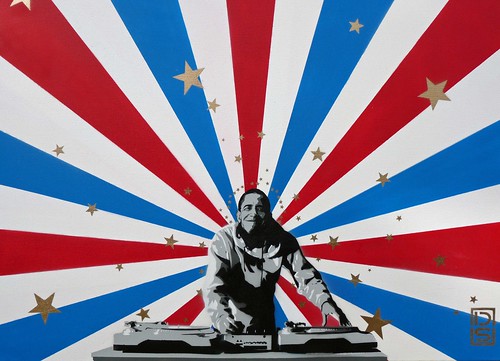
El Presidente
3. How do you feel about London in general as a platform for artists? What is the best parts of that and what makes you feel frustrated?
A: London's a great platform for so many different careers, art is definitely one of them. It's a city that loves art, so many spaces to view, buy and exhibit, be it on the streets, café or in a gallery there’s a place suited for you and your medium. It’s certainly shaped me as an artist. The flip side would be there is a lot of competition but that's always healthy, it keeps me on my toes and developing my art.
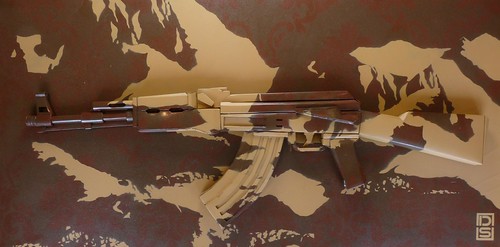
AK47 Camo
4. Do you have any future plans? What's next?
A: I’ve got a lot of things coming up that are getting me excited. I’m designing T-shirts with the aim to bring out my own brand by early 2011 and soon should have a DS Art iPhone app too. Got a whole lot more in the pipeline too which I can’t yet reveal so keep your eyes out on my blog or twitter.
All images featured from the artist's homepage © DS
*****
Further Readings -
Interview with Idol magazine



